
[caption id="OntheRoadtoWiganPier_Feature" align="aligncenter" width="564"]
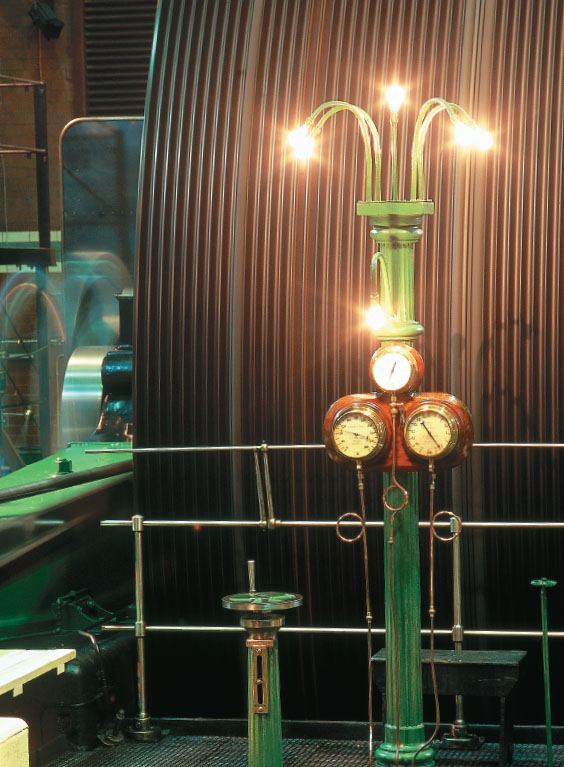
Jim Hargan
Ajoke made Wigan Pier famous: “There was this train full of passengers going to Southport, and it got stopped at an open drawbridge. It was stopped so long that a passenger stuck his head out the window and called to the signal box operator, ‘Is this Southport?’ ‘Southport?’ the railroad man answered. ‘Not bloody likely. This ’ere is Wigan Pier!’” Popularized by music hall comic George Formby Senior (who would start his London act with “Good Evening, I’m Formby fra’ Wigan, and I’ve not been in England long”), this joke had them rolling in the aisles in the first decades of the 20th century.
The joke becomes a little less incomprehensible when you realize that in British English, the word pier no longer retains its original meaning of any structure built over the water but instead applies only to those elaborate pleasure palaces built over the ocean at seaside resorts such as Southport. To understand the rest of the joke that made Wigan Pier famous, you have to understand Wigan, an industrial town in Lancashire, just to the north of Manchester.
Let us listen as the Victorian schoolteacher explains. “Lancaster is based on the Three Cs. As all learning is based on repetition and memorization, the class will repeat after me: Coal, Cotton, Canals. Coal, Cotton, Canals.” A room full of awed and delighted students, at the restored Wigan Pier’s The Way We Were heritage center, dutifully repeat, “Coal, Cotton, Canals.”
Coal came down from the Lancashire hills, canals came up from the Mersey River’s estuary, and they met at the town of Wigan. The location quickly became popular with manufacturers of all types, including textiles (made from cotton) and metal fabrication—after all, Wigan had the cheapest coal prices and the cheapest transport prices. The Wigan Canal Basin, a short distance from the town center, acquired a range of sophisticated cargo handling, warehousing and manufacturing, and the surrounding town became an agglomeration of sooty factories and bad housing, infamously described by George Orwell in The Road to Wigan Pier. Orwell’s title referred to the joke and thereby made it immortal, but Orwell saw the road as a dead end to poverty and desperation—a road to nowhere.
[caption id="OntheRoadtoWiganPier_img1" align="aligncenter" width="732"]
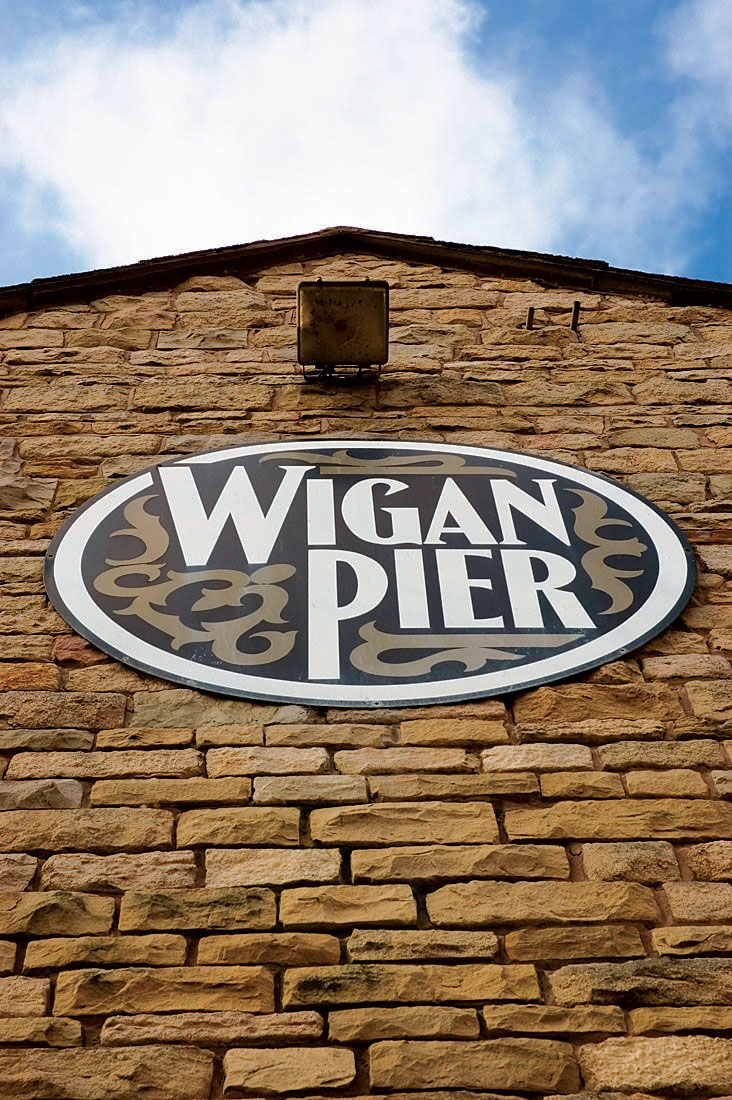
© NORTH WEST STOCK/ALAMY
Today the restored canal basin is Wigan Pier, a heritage complex dedicated to the way people lived and worked in 1900 industrial Lancashire. The actual Wigan Pier structure was a small iron dock that ran over the canal so that trams could dump loads of coal straight into boats. It had been demolished for scrap when Orwell visited but has since been reconstructed across from the museum. The museum includes Wigan’s oldest warehouse, the 1777 “No. 1 Wigan Pier.” Canal boats are stored in under-building loading docks, and another warehouse holds the museum offices, a gift shop and a pub, The Orwell. Also onsite is the 1907 Trencherfield Mill, a steam-powered textile factory whose original engine is still in working order. The heart of the complex, however, is a large canal-side warehouse, restored in 1988, that houses The Way We Were, one of the most intriguing heritage centers anywhere.
[caption id="OntheRoadtoWiganPier_img2" align="aligncenter" width="932"]

Jim Hargan
[caption id="OntheRoadtoWiganPier_img3" align="aligncenter" width="1024"]
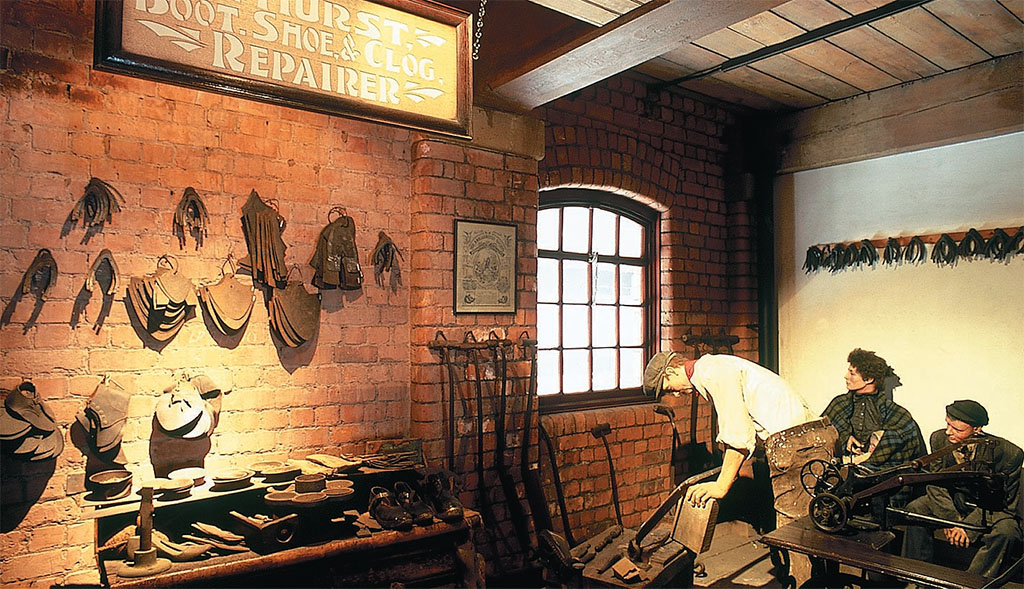
Jim Hargan
[caption id="OntheRoadtoWiganPier_img4" align="aligncenter" width="1024"]
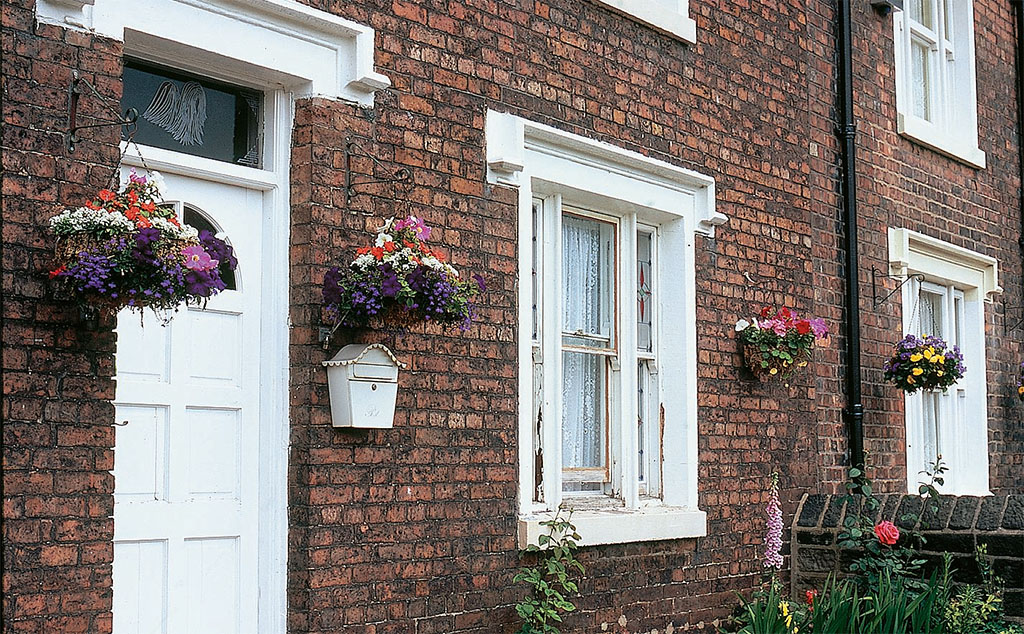
Jim Hargan
[caption id="OntheRoadtoWiganPier_img5" align="aligncenter" width="1024"]

Jim Hargan
timeline
The Way We Were leads visitors through vignettes of working-class life: a walk through a coal mine tunnel, out to a neighborhood square lined with shops, then into a working family’s terrace house and out through their backyard. Throughout the day, the museum’s own Actors Equity company, The Wigan Pier Theatre Company, gives costumed performances—seemingly impromptu—among the visitors.
The final exhibit is the highlight: the famous Victorian School, where the strict teacher makes the children toe the line. Museum-goers (principally children on a school day) line up, segregated by gender, to be marched quietly to their seats in this carefully re-created 1900 classroom. At one point, the class sings a verse to “All Things Bright and Beautiful” that might have been left out of your modern hymnal: “The rich man in his castle, /The poor man at his gate, / He made them, high or lowly, / And ordered their estate”—potent stuff when unions were just getting powerful. Discipline, memorization and moral lectures have never been so entertaining, and the children leave—again in strict lines—laughing and giggling.
From The Way We Were, museum visitors board waterbuses for the short canal ride to Trencherfield Mill. Here the museum operates the largest original industrial steam engine in the world, an awesome sight. Its two cylinders (named Helen and Rina), one on each side of the huge, hot room, put out 2,500 hp of energy. This is used to turn a 70-ton flywheel, nearly 10 yards wide and three stories high, from which dozens of cables (called “ropes”) at one time ran to the mill’s five floors, turning the long shafts from which the mill machines got their power. Six ropes still run off the flywheel, sending power to a mill exhibit, with original equipment from every stage of the process.
[caption id="OntheRoadtoWiganPier_img6" align="aligncenter" width="1024"]
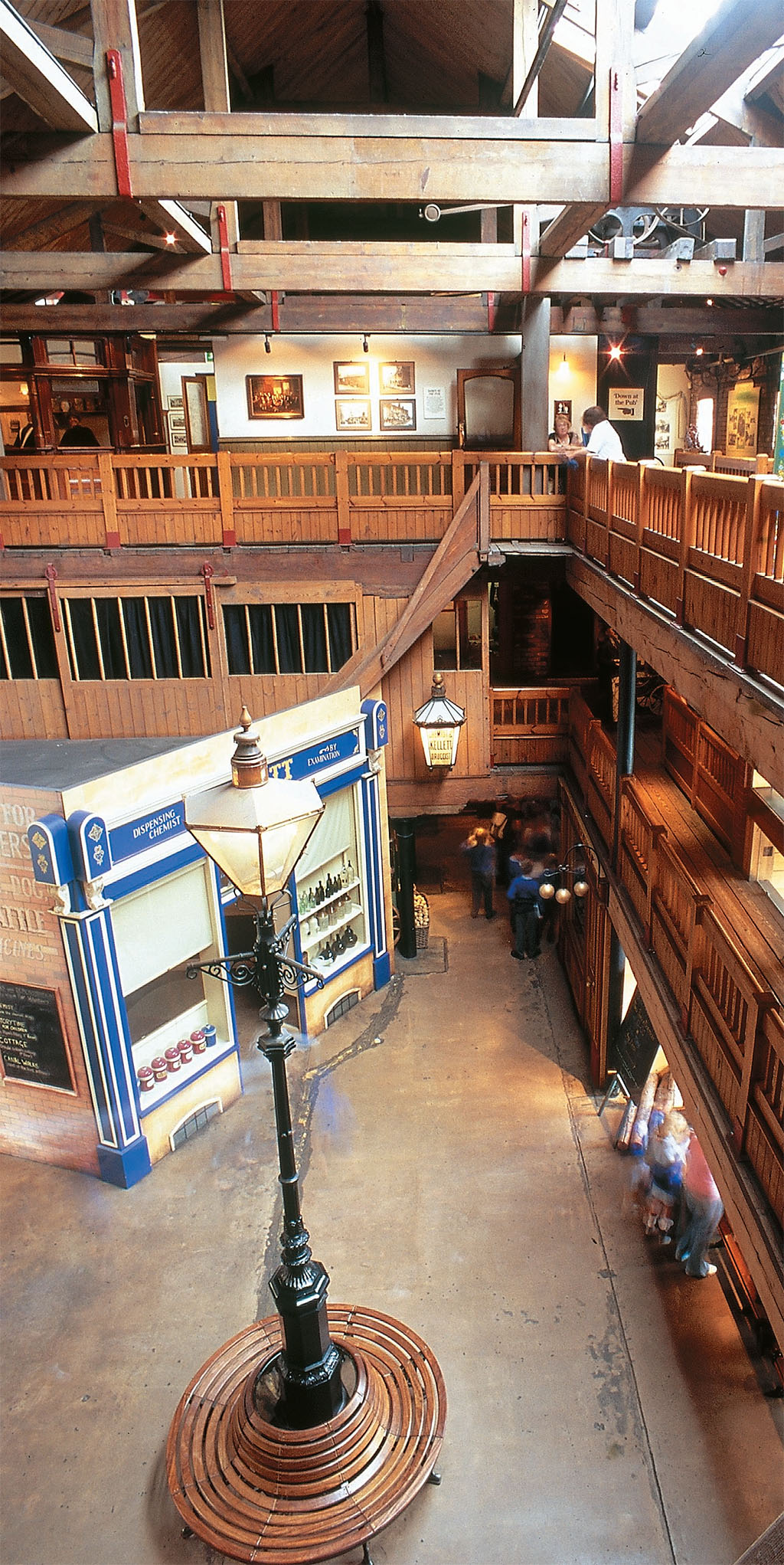
Jim Hargan
[caption id="OntheRoadtoWiganPier_img7" align="aligncenter" width="689"]

Jim Hargan
Sadly, the mill exhibit (at press time) is silent, its fate unknown. Until 2003, Wigan Pier occupied the entire boroughowned Trencherfield Mill, filling it with a Museum of Memories featuring Robert Opie’s famous collection of 20th-century ephemera, along with a café, gift shop and meeting rooms. In 2004 the Wigan Borough Council took Trencherfield Mill from Wigan Pier and sold it to a private developer for condominiums. At the time, the Wigan councilmember for culture, Brian Baldwin, told the press: “The heritage industry is not the draw it once was….We believe the Pier’s future lies in a gradual move towards a cultural quarter for the 21st century rather than a series of heritage attractions looking back at the last century.”
[caption id="OntheRoadtoWiganPier_img8" align="aligncenter" width="689"]
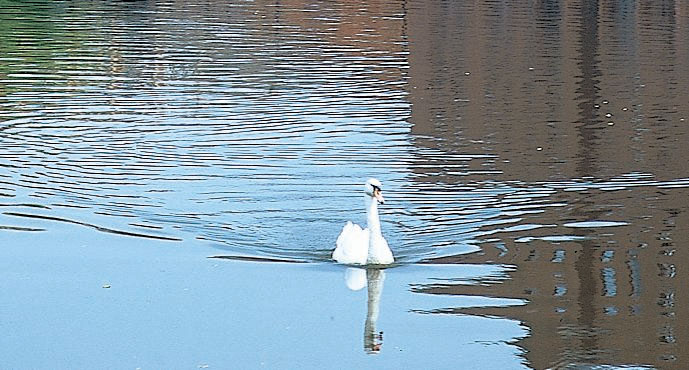
Jim Hargan
Since then, the borough’s plans for a cultural center have fallen through, the condos are ready for occupancy and the Opie Collection has moved to London’s Museum of Brands, Packaging and Advertising. The steam engine, at least, is safe from the developers and will remain part of the museum. Unfortunately, the mill machinery, whose noisy busyness once delighted museum-goers, is now in need of repairs and has yet to find a home.





Comments